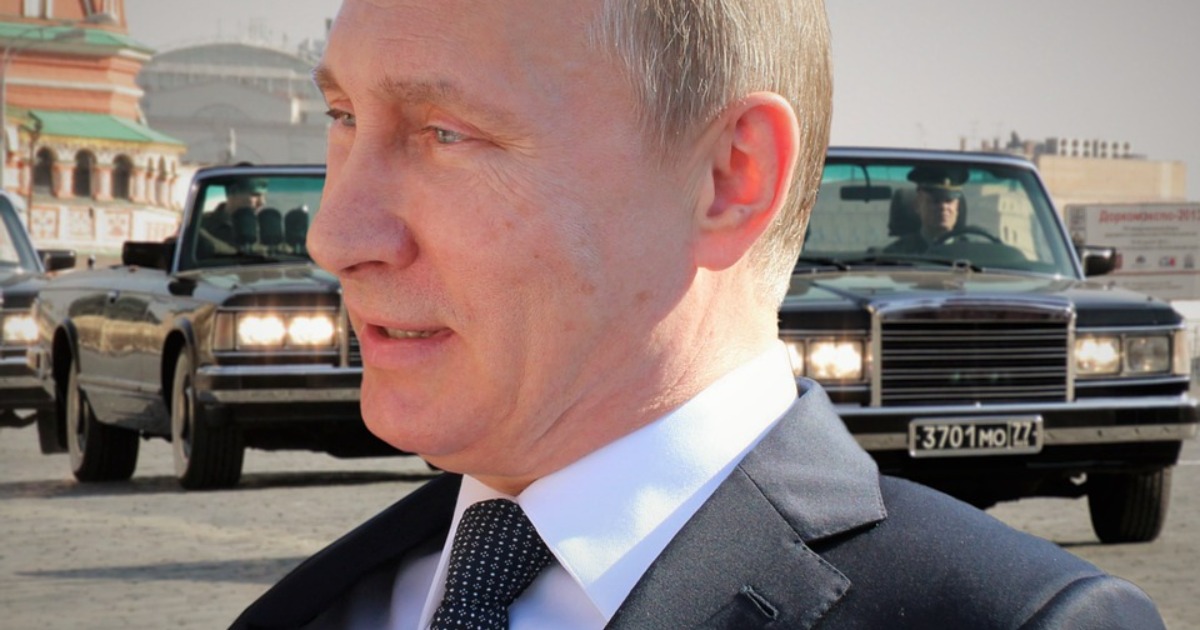China’s Belt and Road Initiative: Slowly Imploding?
The Chinese-dominated Pakistani port city of Gwadar — the crown jewel of China’s Belt and Road Initiative (BRI) — increasingly looks like a powder keg that has exploded.
December 17, 2021

For the past month, mass protests have swept Gwadar, a Chinese-dominated Pakistani port city 90 kilometers from the border with Iran.
Significantly, those protests fit a pattern of mass demonstrations that, over the past decade, have swept across the Middle East, a stone’s throw away from Gwadar.
Gwadar itself has long been plagued by intermittent protests as well as by Baloch nationalist attacks on Chinese nationals and targets.
Where China can’t escape dealing with Islam
Making things worse from China’s perspective is the fact that a local cleric, a member of Pakistan’s oldest Islamist political party, Jamaat-e-Islami, is leading those mass protests.
Moreover, a breakdown of a ceasefire between the Pakistani government and Tehrik-i-Taliban Pakistan (TTP), better known as the Pakistani Taliban, raises the specter not only of Baloch nationalist but of also Pakistani religious militants further focusing on Chinese targets.
Targeting and killing Chinese construction workers
An attack in August, on a bus in northern Pakistan that carried Chinese construction workers, is believed to have been carried out by the TTP although it did not claim responsibility.
Thirteen people were killed, including nine Chinese nationals. Notably, that attack occurred before the conclusion of a since ruptured ceasefire between the TTP and Pakistan.
Implications for China in Afghanistan
None of this bodes well for China as it seeks to come to grips with an Islamist regime in Afghanistan that shares a sliver of a border with Xinjiang, the north-western Chinese province.
Clearly, China’s efforts to benefit from the U.S. withdrawal from Afghanistan are not helped by the fact that authorities in Xinjiang are imposing a brutal regime in the province.
How Xinjiang torpedoes China’s grand BRI designs
After all, they are not only trying to erase any seeds of Islamist thought there but are also keen on “Sinicizing” the faith with practices that violate Islamic law and practice.
In addition, Chinese authorities are intent on eliminating any sense of potential ethnic identity or nationalist sentiment among the region’s Turkic Muslim population in Xinjiang.
China’s geo-economic and geopolitical dreamland
Sitting at the top of the Arabian Sea, Gwadar is at the core of the China Pakistan Economic Corridor (CPEC).
It is supposed to link Xinjiang to the Indo-Pacific and allow the People’s Republic to circumvent the Strait of Malacca that is fraught with geopolitical, big power rivalry risk.
With a sizable investment, ranging somewhere between $45 and $60 billion, the CPEC corridor involves heavy spending on infrastructure, energy and telecommunications projects.
Trying to reverse the direction of (Western) world history
The China Pakistan Economic Corridor (CPEC) is not only the single largest country outlay by the Chinese along the Belt and Road, but the geographic linchpin in the effort to make China the equivalent of all roads lead to Rome.
The ambition thus is nothing else than reversing the direction of (Western) world history.
Project slowdown and China’s sea-borne rapaciousness
The mass protests erupted last month as CPEC-related projects appeared to slow down and differences emerged regarding CPEC between the Pakistani and Chinese governments as questions were being raised in Beijing about the corridor’s viability.
Gwadar’s predominantly Baloch population has long felt that it has no stake in the city’s development.
Fishermen, a backbone of the city’s traditional economy, were pushed out of their traditional fishing waters replaced by deep-sea trawlers, some of which are allegedly Chinese-owned.
China’s on-the ground overreach
Locals feel humiliated by multiple security checkpoints at which they repeatedly have to identify and register themselves.
The checkpoints were erected to protect the port, Chinese nationals and assets, as well as Pakistani officials. In addition, many fear that they will be further marginalized with an influx of foreigners.
Few local jobs
Meanwhile, Chinese development has produced few local jobs and done nothing to diversify the economy away from fishing, diesel oil smuggling and drug trafficking.
Chinese investment has also failed to help improve services in a region where potable water is scarce and electricity imported from Iran is unreliable.
The protests demanding an end to the security checks, the curtailing of fishing by deep-sea trawlers and improved services.
The wider protest movement
Realizing its BRI ambitions is a play with fire for several key actors involved – not just China itself.
After all, the protests in Gwadar fit a pattern of mass demonstrations that, over the past decade, have swept across the Middle East, a stone’s throw away from Gwadar.
Those protests, as in Gwadar, expressed no confidence in the political system and the respective national leadership.
They demanded systemic change and, at least initially and with mixed results, forced the resignation of leaders in Egypt, Tunisia, Yemen, Libya, Algeria, Sudan, Lebanon and Iraq.
Imran Khan’s empty promises
Few in Gwadar put any faith in Prime Minister Imran Khan’s recognition of the protesters’ grievances as “very legitimate” and promise to take them up with the province’s political leadership.
Neither Mr. Khan nor his predecessor, Nawaz Sharif, or China have, over the years, sought to ensure that the local population would have a stake in the Chinese-led development of Gwadar.
Conclusion
If protests in Pakistan’s greater neighborhood are anything to go by, demonstrators are unlikely to surrender the street unless forced to do so by a crackdown or external factors like the Covid-19 pandemic until they see actions rather than words.
Takeaways
Neither Pakistani Prime Minister Imran Khan nor his predecessor Nawaz Sharif, or China have over the years sought to ensure that the local population would have a stake in the Chinese-led development of Gwadar.
As evidenced by “reeducation camps” in Xinjiang, China has been trying desperately, both at home and abroad, to avoid dealing with political and militant Islam.
The Pakistani Taliban, hardline Pakistani religious militants, have begun to on Chinese targets in their home country.
China’s problems with Islamists targeting it in Pakistan has direct implications for its grand designs in Afghanistan after the American withdrawal.
How much will China benefit from the U.S. withdrawal from Afghanistan? To succeed, China has to come to grips with an Islamist regime in Afghanistan – a country that shares a sliver of a border with Xinjiang, the north-western Chinese province.
China may not succeed with its grand design to link Xinjiang to the Indo-Pacific and allow the People’s Republic to circumvent the Strait of Malacca that is fraught with geopolitical, big power rivalry risk.
China’s Belt and Road Initiative is the effort to reverse the direction of (Western) world history – by making China the equivalent of “all roads lead to Rome.”
Realizing its BRI ambitions is a play with fire. After all, the anti-China protests in Gwadar fit a pattern of mass demonstrations that, over the past decade, have swept across the Middle East.

